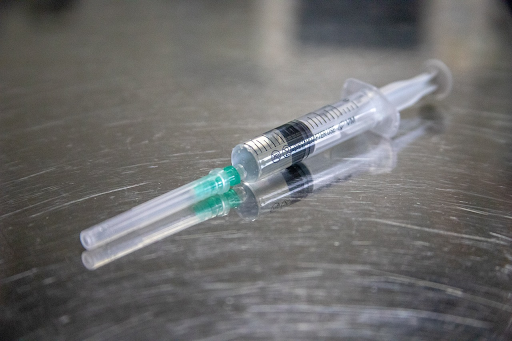
Medical grade plastic is a great choice for many medical applications. It is durable, biocompatible, easy to sterilize, and cost-effective. In this article, we’ll explore some of the most common uses for this type of plastic. Here are some examples.
Biocompatible
Table of Contents
Biocompatible uses for them include the manufacture of surgical instruments and devices. These materials are often less expensive and last longer than metal. In addition, biocompatible materials can be used in human body parts without causing toxicity or adverse reactions. To ensure biocompatibility, materials used in biomedical devices must pass strict quality standards.
Although biocompatibility is an important attribute, not all materials are safe for use in biomedical devices. In addition, materials must comply with ISO 10993 to be considered biocompatible. These guidelines are not always easy to follow. Oftentimes, manufacturers of biomedical devices will use USP Class VI, which isn’t as strict as ISO 10993.
In addition to biocompatible devices, they can also be used for MRI casings, plastic syringes, and prosthetics. Their biocompatibility makes them a good choice for biomedical device components, especially for parts that come in contact with the circulation system. In addition, because they are both hard and malleable, they are compatible with injection molding and 3D printing processes.
Easy to sterilize
It is made from non-permeable, sterile materials. It is ideal for transportation of bio-hazardous materials. Several materials are used by manufacturers of biomedical devices, but plastics are increasingly being chosen. Here’s a closer look at three common plastic materials used in medical equipment.
High-performance thermoplastics are widely used in biomedical devices. These materials can withstand high temperatures and sterilization methods. More than 2 million biomedical devices are on the FDA’s Global Universal Device Identification Database, with about 40 percent of them certified as sterile. This requires material suppliers and device manufacturers to demonstrate that their products are free from contamination.
Cleaning medical-grade material with the correct cleaning solution will remove dirt, impurities, and some germs. However, proper disinfection requires specific chemicals. It’s also important to wear new gloves during the process. Use a nitrile-disposable glove to protect yourself from chemical reactions.
Sterilization is an important consideration for biomedical device manufacturers. If a material component is going to be in contact with a patient, it should be made of it. Sterilization is an important factor for biomedical devices, and it can meet this need while still being affordable. Many materials have hypoallergenic properties, which this article says causes fewer risks of allergic reactions during treatment. It is also highly customizable.
Environmentally friendly
The medical industry has embraced the use of plastics, but the production and use of these single-use products has caused a huge environmental impact. Most materials end up in marine ecosystems as microplastics, and the fossil fuels used in their production pollute air and water. Additionally, the incineration of plastic waste causes the release of toxic chemicals and glasses.
There are, however, many ways to recycle these materials and keep them out of the environment. Waste from medical facilities is a major concern, as it can contain potentially infectious diseases and be a source of air pollution. As a result, medical materials are often disposed of in incinerators, which are not always designed effectively.
Consequently, there is a pressing need to find more environmentally friendly ways to dispose of medical materials. Thankfully, there are numerous ways to recycle them. Most of these materials are thermoplastic, which means they can be melted and molded to various shapes. The unused portions can then be repurposed and because they are recyclable, many parts that are discarded during manufacturing can be reused.
Non-permeable
It is a versatile material that can be used in a variety of applications. It is biocompatible, non-permeable, and shatterproof, as referenced by Topas. It is also a cost-effective solution for transporting bio hazardous materials. There are many types of it, including those for MRI casings, syringes, tubes, tissue engineering, and wound care.
Moreover, this material is recyclable. Many countries are moving towards a circular economy, which means they will make it easier to recycle medical wastes. This new trend is bringing increased awareness about the importance of waste management. In the European Union, the circular economy has been listed as one of the top priorities.
This has resulted in stricter regulations, landfill bans, and specific recycling targets. Bioplastics are an emerging alternative to petroleum-based materials. This type of material is made from biomass. It can be recycled through thermal or mechanical methods. Further, it is biodegradable, making it an ideal material for prosthetics.
Bioplastics have the potential to replace petroleum-based, single-use materials in many sectors. Polypropylene is a popular type of material. It has high impact resistance, low moisture absorption, and is highly resistant to chemicals. It also doesn’t fade or retain harmful bacteria. In addition, it can withstand frequent sterilization cycles and can be used in surgical tools.














